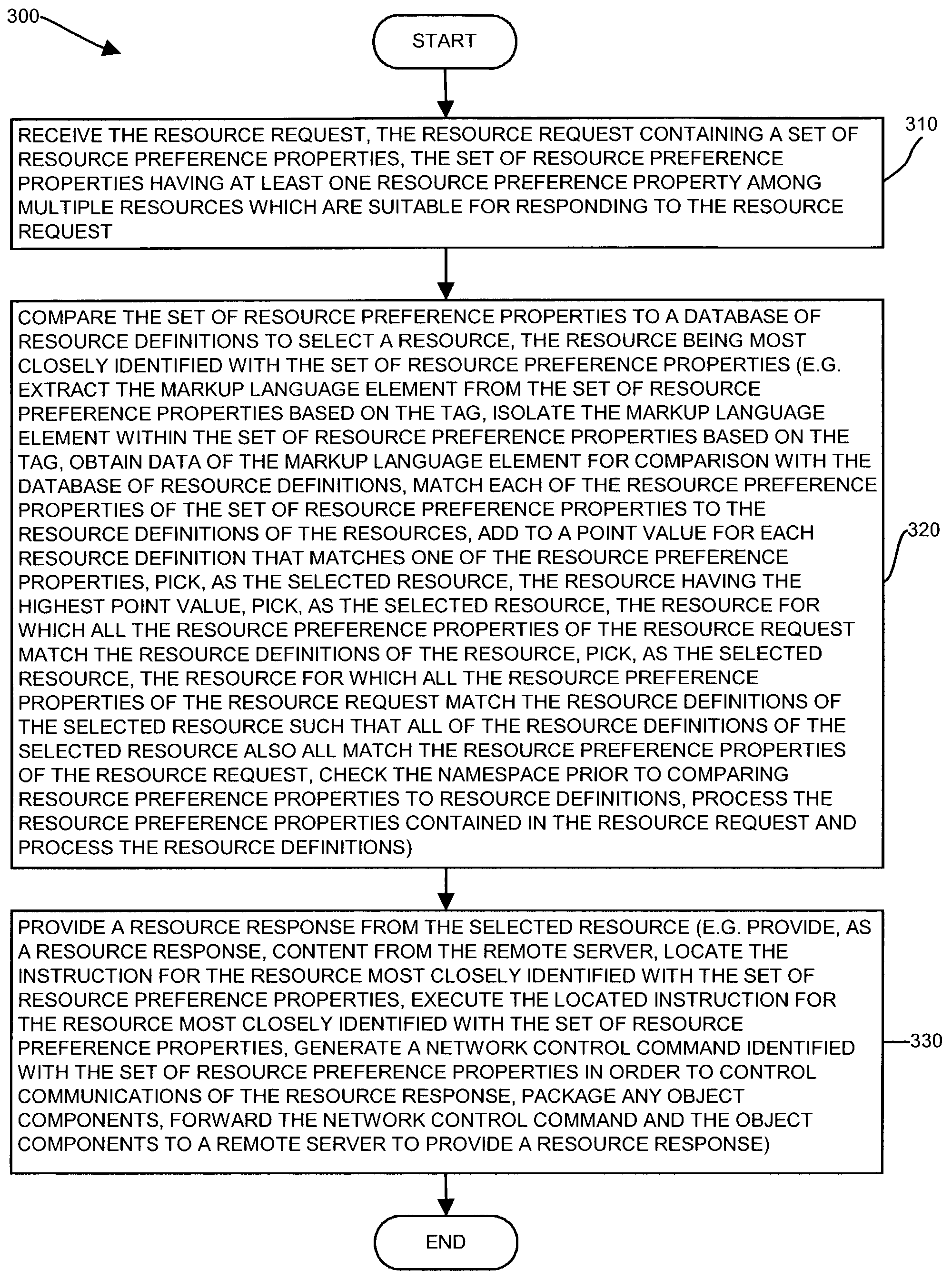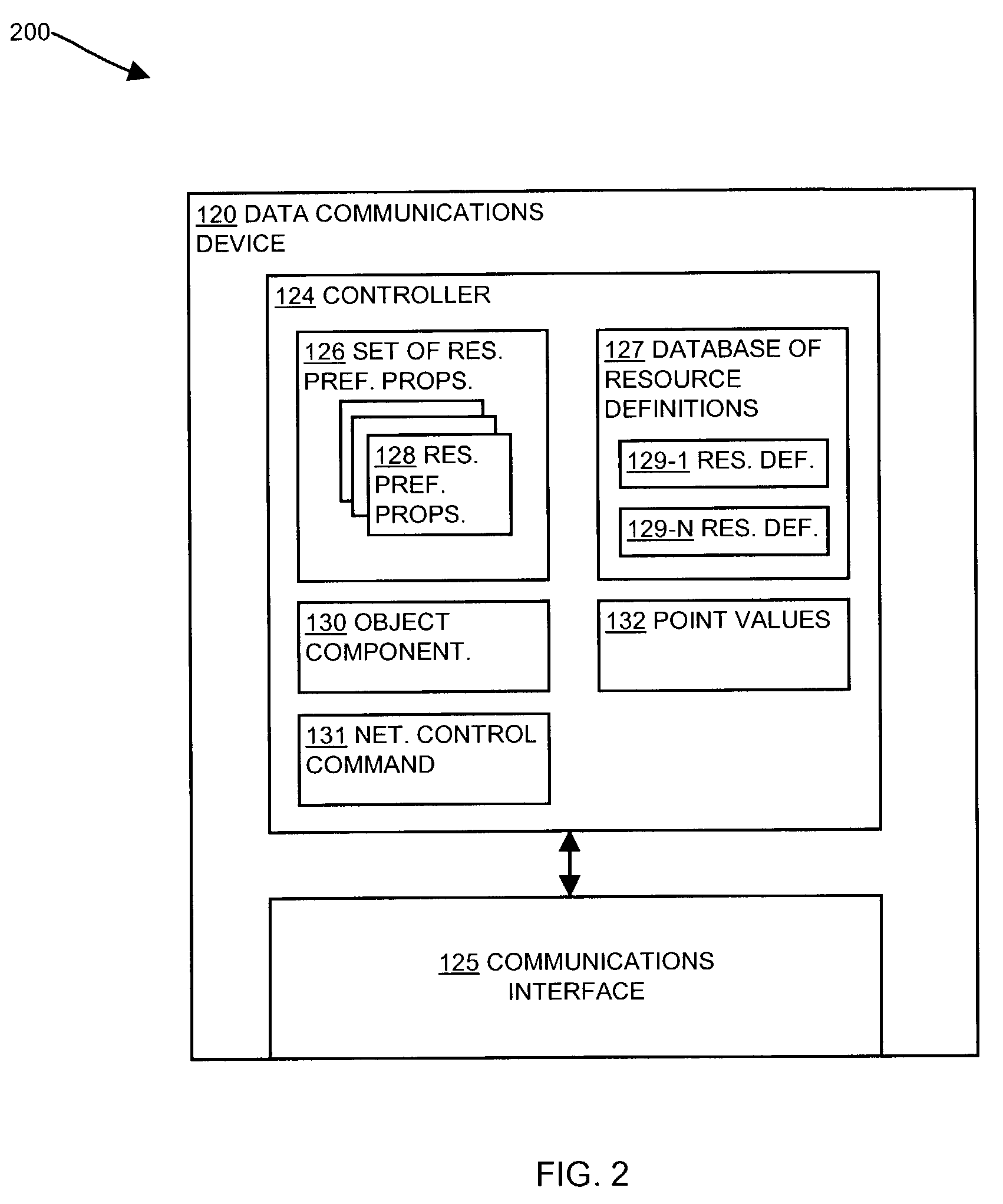Methods and apparatus for directing a resource request
a resource request and resource technology, applied in the field of methods and apparatus for directing resource requests, can solve the problems of difficulty in achieving network location independence for client-requested objects, and inefficiency in storing both data and the facility to provide service on all of the duplicate servers
- Summary
- Abstract
- Description
- Claims
- Application Information
AI Technical Summary
Benefits of technology
Problems solved by technology
Method used
Image
Examples
Embodiment Construction
[0042]The invention is directed to techniques for providing a network-level object request brokering service that can be used as a mechanism for object or service discovery and which enables a client to make an object request without knowing it's actual network location beforehand.
[0043]By using the Universal Resource Identifier (URI) address format and using an Extensible Markup Language (XML) metadata format to designate resource preference properties of a sought-after object or service (e.g. a resource response), embodiments of the invention are able to identify the sought-after resource response and its location. Accordingly, a client request contains one or more resource preference properties of the sought-after resource response. Upon receipt of the request, a data communications device, such as a content services switch, parses the request to obtain a set of resource preference properties. In turn, the data communications device matches individual resource preference properti...
PUM
 Login to View More
Login to View More Abstract
Description
Claims
Application Information
 Login to View More
Login to View More - R&D
- Intellectual Property
- Life Sciences
- Materials
- Tech Scout
- Unparalleled Data Quality
- Higher Quality Content
- 60% Fewer Hallucinations
Browse by: Latest US Patents, China's latest patents, Technical Efficacy Thesaurus, Application Domain, Technology Topic, Popular Technical Reports.
© 2025 PatSnap. All rights reserved.Legal|Privacy policy|Modern Slavery Act Transparency Statement|Sitemap|About US| Contact US: help@patsnap.com



